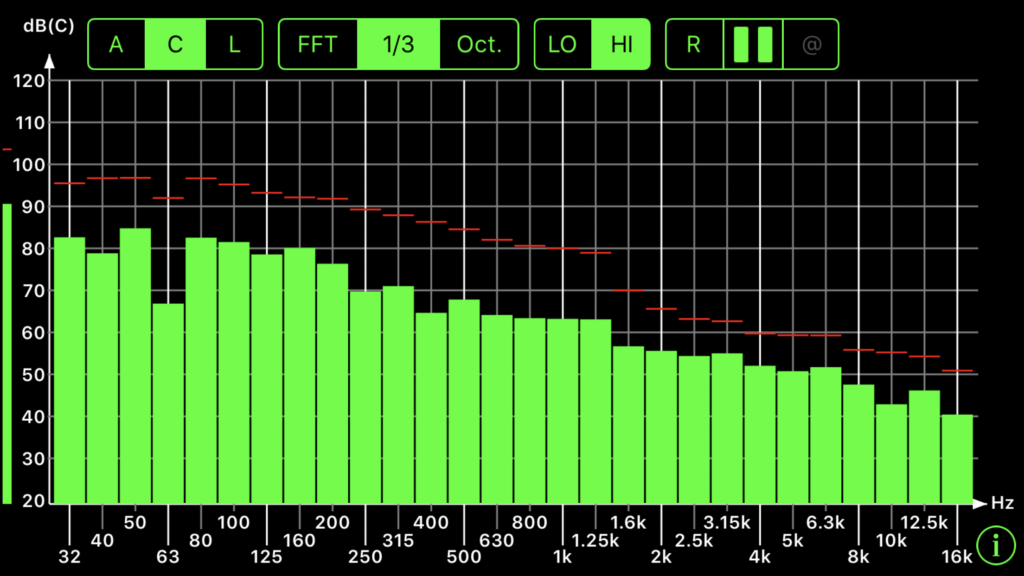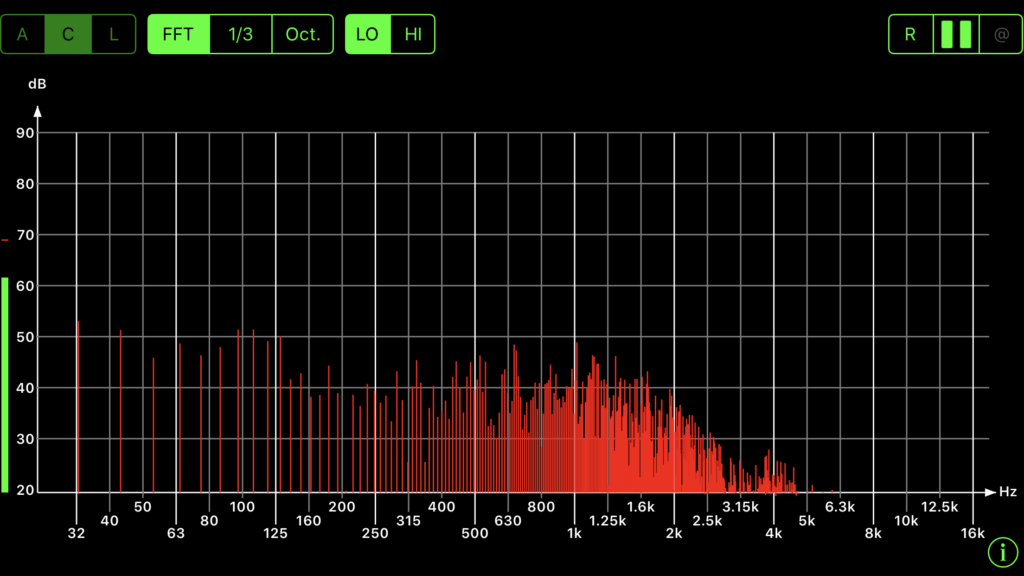This Blog has been updated from it original posting to reflect new information and changes in technology regarding how to soundproof an apartment. Updated on 11/26/19
Working out how to soundproof an apartment sounds like a daunting task. It is not easy. With paper-thin interior walls and noise generating people living above, below and to the sides of you, it is not easy. Our soundproofing must also be portable and mobile, so after we get kicked out, we can take our stuff with us. Let’s backtrack a bit and see if we can figure out how to soundproof an apartment without getting evicted for excessive noise.
Identify And Measure
First, we must decide who or what is making the noise and how much of it we have to soundproof for. We must quantify and qualify each frequency along with its amplitude or strength. Is it our neighbor to the east that is playing his stereo at certain times of the day. Is it the family below with the home theater system that has more subwoofers than acoustic sense. Is it your electric guitar playing or better yet, how about drums? We need to identify what source and level we are dealing with no matter if it comes from inside our apartment or outside.

Octave Bands
Putting A Number To The Noise
After identification, we now need to determine what our sound pressure issues are. Place a Db meter within your room at the quietest part of the day. Do the same for the loudest part of the day. Record this information. Measure outside your room to find the level of the noise outside our room. Pick the loudest part of the day and what you think is the quietest part of the day or night. You will have to set your alarm clock for this test. Once we have both numbers or sets of numbers, we can decide what method in our bag of tools on how to soundproof an apartment.
What Do The Numbers Mean?
What is the difference between the two sets of numbers? Let’s look at the outside low to high representing the noisiest and quietest times we measured. Was the pressure reading at 85 SPL during the loudest outside? Was it, say 60, during the quietest. Was the inside measurement, say 50, at the quietest which was probably 2-3 in the morning and maybe 80 at the loudest when you were playing guitar. If we want the quietest within our room, we must stop 35 decibels of sound energy from the outside during the loudest part of the day for the quietest part of the day inside our room. Each dB of energy costs money.

Frequencies
We Are The Noise
For illustration purposes, let’s take the path of least resistance and the path that we have the most control of. Let’s say we are making noise from whatever the source and we want to protect our neighbors from it, so we do not get thrown out. The very first thing we must do is turn down, talk lower, and play more softly. Don’t like any of these options? That’s all good. You want to play louder passages and sing rock and roll. No worries. We will just build a new room within your apartment, just kidding. It is an ideal approach but it would have to be designed so that it was self-sealing, think of sound like water, and it would have to be assembled and then disassembled when you moved. Don’t forget about the additional weight upon the apartment exterior and interior structure. A room within a room is ideal acoustically but not practical in our discussion of how to soundproof an apartment. If we turn down in all areas, we can focus on the inside surfaces of our room as a start.
Sound Absorption
Excess energy from within our room can be dealt with using sound absorption technologies. If we have a low end or low frequency generating device in our room, we can use low-frequency, sound-absorbing devices. The smaller our apartment, the more we need to make it smaller by adding low-frequency sound absorbers. With the wall surfaces of our apartments, we could use acoustic foams to absorb excessive middle and high frequencies.
Sound Absorbing Foam: https://www.acousticfields.com/product/acoustic-foam/
Furniture And Drapes
Reflections from our room wall surfaces can be treated with sound-absorbing materials to reduce the strength of the reflection and help us to lower the overall room reverb times, so our vocals and instruments can be heard clearly without trying to pull them out of some sonic soup. Draperies can be used or open-celled foam acoustic panels can be color coordinated into the decor of the room. Furniture can be placed at least the large cushion sixes for lower frequency control above 100 cycles.
Acoustic Panels For Apartment: https://www.acousticfields.com/product/acoustic-panels/
Drums And Bass Must Move
If you are going to play sound sources with bass drums and guitars, you need to move. There is simply no way to treat your room to manage the noise to your neighbors without building another room which is mechanically decoupled from your apartment at every mechanical connection. The floor must also be separated from your existing apartment. It is best with these instruments to get a free-standing structure away from other people.
Sliding Window Panels: https://www.acousticfields.com/product/sound-absorbing-panels-for-windows/
All In Control
We can control the noise levels within our rooms and certain instruments are just not practical for apartments because so much new construction is needed. Work within yourself and the surfaces of your room to control reflections and either add lots of thick soft furniture or build low-frequency absorbers that can be tuned to your room for maximum performance.
In Summary
I hope this explanation helped. Please leave any comments below so I can get back to you. Don’t be afraid to hit those Facebook like, Google+ and Twitter buttons on the left hand side so other people can see this post. And if you want to learn more about this subject please sign up for our free room acoustic treatment videos and ebook which provide step by step instructions. Get instant access by signing up now.
Thanks
Dennis





